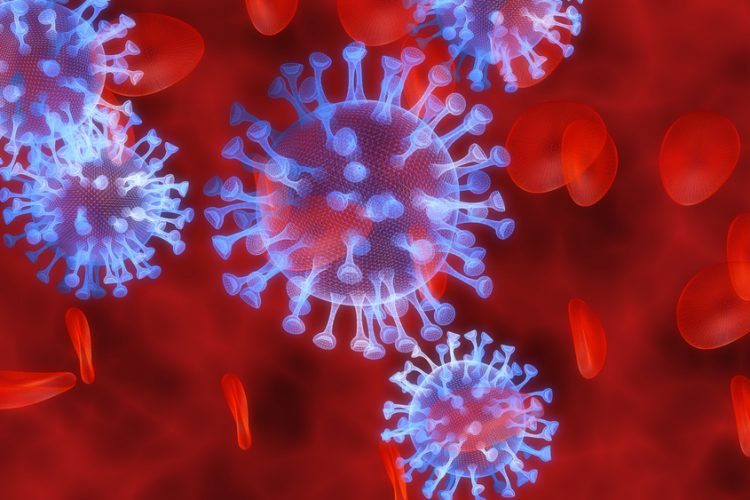Cell types enabling initial COVID-19 infection identified by researchers
Posted: 27 April 2020 | Victoria Rees (Drug Target Review) | No comments yet
An international group of researchers has revealed that goblet and ciliated cells in the nose have high levels of the entry proteins for the SARS-CoV-2 coronavirus.


Two specific cell types in the nose have been identified by researchers as likely initial infection points for the COVID-19 coronavirus. Scientists discovered that goblet and ciliated cells in the nose have high levels of the entry proteins that the virus uses to get into cells.
The cells were identified by researchers from the Wellcome Sanger Institute, UK, University Medical Centre Groningen, Netherlands, University Cote d’Azur, Centre national de la recherche scientifique (CNRS), both France, and their collaborators.
According to the researchers, their findings could help to explain the high transmission rate of COVID-19.
The team used Human Cell Atlas (HCA) data for their investigation. Along with goblet and ciliated cells, the study also showed that cells in the eye and some other organs also contain viral-entry proteins. The researchers predict how a key entry protein is regulated with other immune system genes and reveal potential targets for the development of treatments to reduce transmission.
While it is known that the SARS-CoV-2 virus that causes COVID-19 disease uses a similar mechanism to infect cells as the related coronavirus that caused the severe acute respiratory syndrome (SARS) epidemic, the exact cell types involved in the nose have not previously been pinpointed.
To discover which cells could be involved in COVID-19 transmission, researchers analysed multiple HCA consortium datasets of single cell RNA sequencing, from more than 20 different tissues of non-infected people. These included cells from the lung, nasal cavity, eye, gut, heart, kidney and liver. The researchers looked for which individual cells expressed both of two key entry proteins that are used by the COVID-19 virus.
Dr Waradon Sungnak, the first author on the paper from Wellcome Sanger Institute, said: “We found that the receptor protein – ACE2 – and the TMPRSS2 protease that can activate SARS-CoV-2 entry are expressed in cells in different organs, including the cells on the inner lining of the nose. We then revealed that mucus-producing goblet cells and ciliated cells in the nose had the highest levels of both these COVID-19 virus proteins, of all cells in the airways. This makes these cells the most likely initial infection route for the virus.”
“This is the first time these particular cells in the nose have been associated with COVID-19. While there are many factors that contribute to virus transmissibility, our findings are consistent with the rapid infection rates of the virus seen so far. The location of these cells on the surface of the inside of the nose make them highly accessible to the virus and also may assist with transmission to other people,” said Dr Martijn Nawijn, from the University Medical Center Groningen.
The two key entry proteins angiotensin converting enzyme 2 (ACE2) and TMPRSS2 were also found in cells in the cornea of the eye and in the lining of the intestine. According to the researchers, this suggests another possible route of infection via the eye and tear ducts and also revealed a potential for faecal-oral transmission.
The study showed that ACE2 receptor production in the nose cells is probably switched on at the same time as these other immune genes.
Dr Sarah Teichmann, a senior author from the Wellcome Sanger Institute and co-chair of the HCA Organising Committee, said: “This information can be used to better understand how coronavirus spreads. Knowing which exact cell types are important for virus transmission also provides a basis for developing potential treatments to reduce the spread of the virus.”
The study was published in Nature Medicine.
Related topics
Disease Research, Drug Targets, Protein Expression, Proteomics, Research & Development
Related conditions
Coronavirus, Covid-19
Related organisations
Centre national de la recherche scientifique (CNRS), University Cote d'Azur, University Medical Centre Groningen, Wellcome Sanger Institute
Related people
Dr Martijn Nawijn, Dr Sarah Teichmann, Dr Waradon Sungnak








